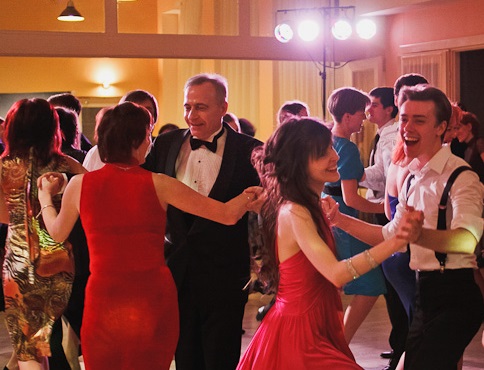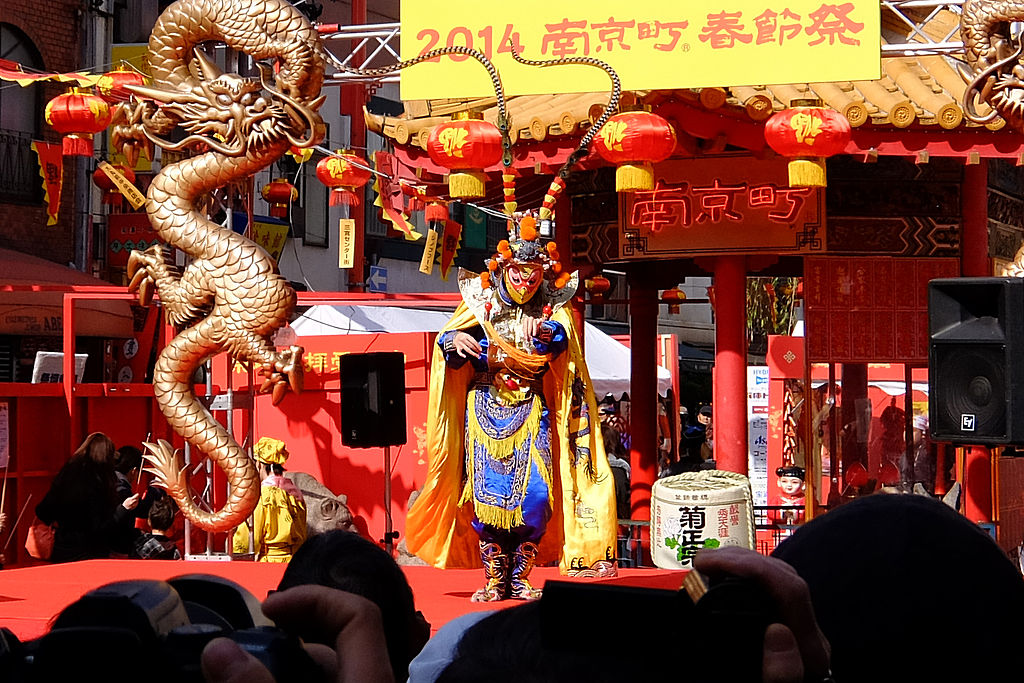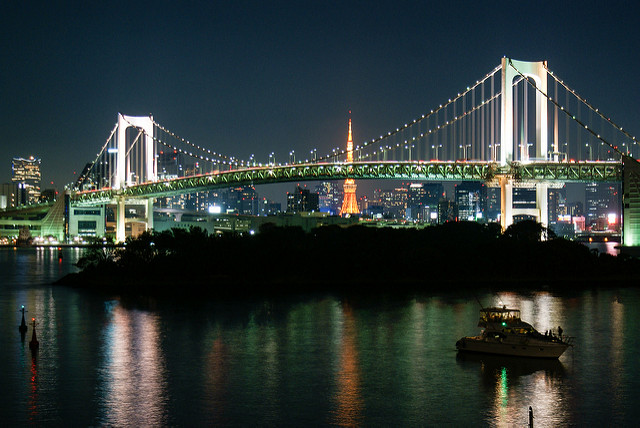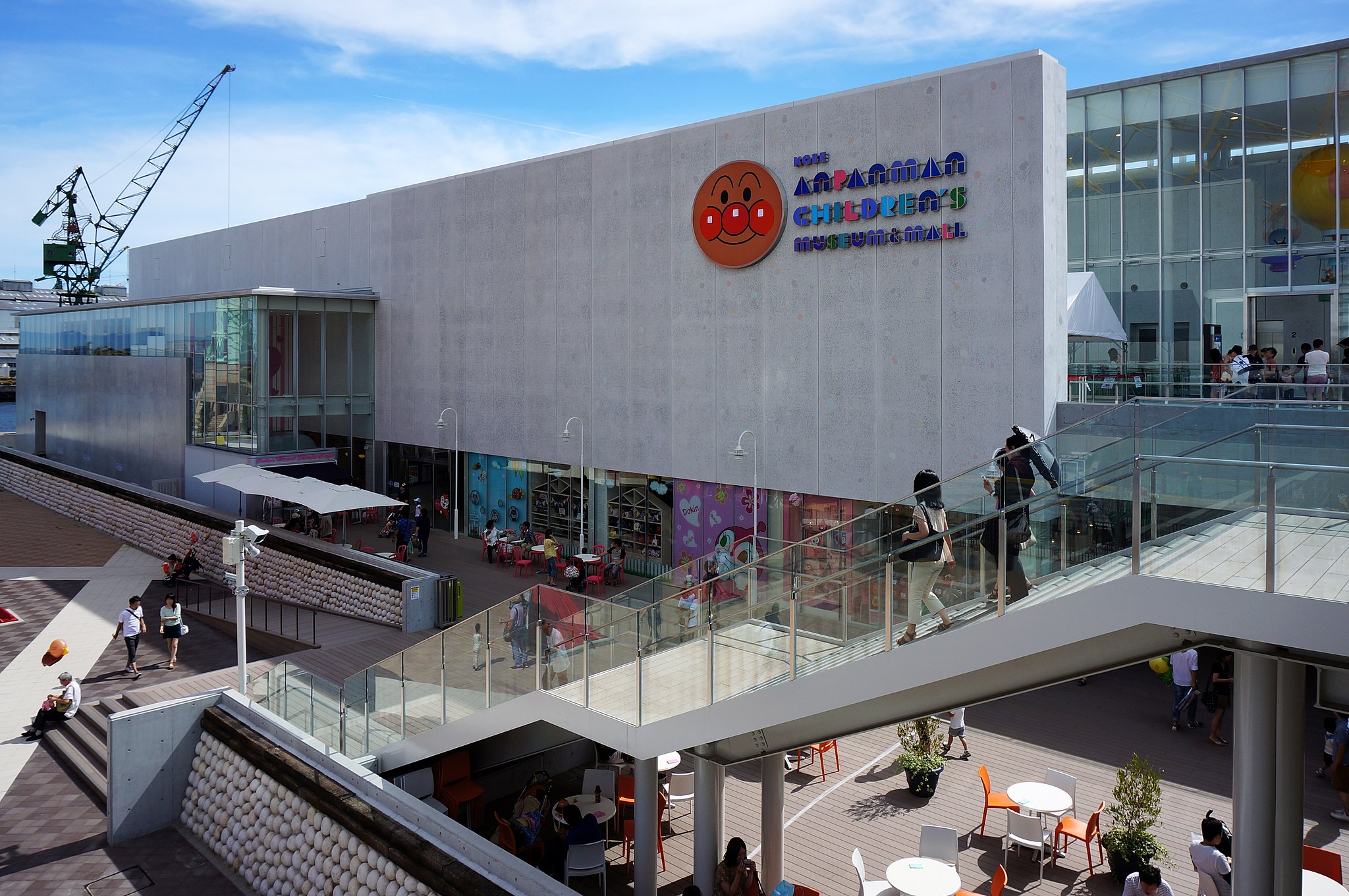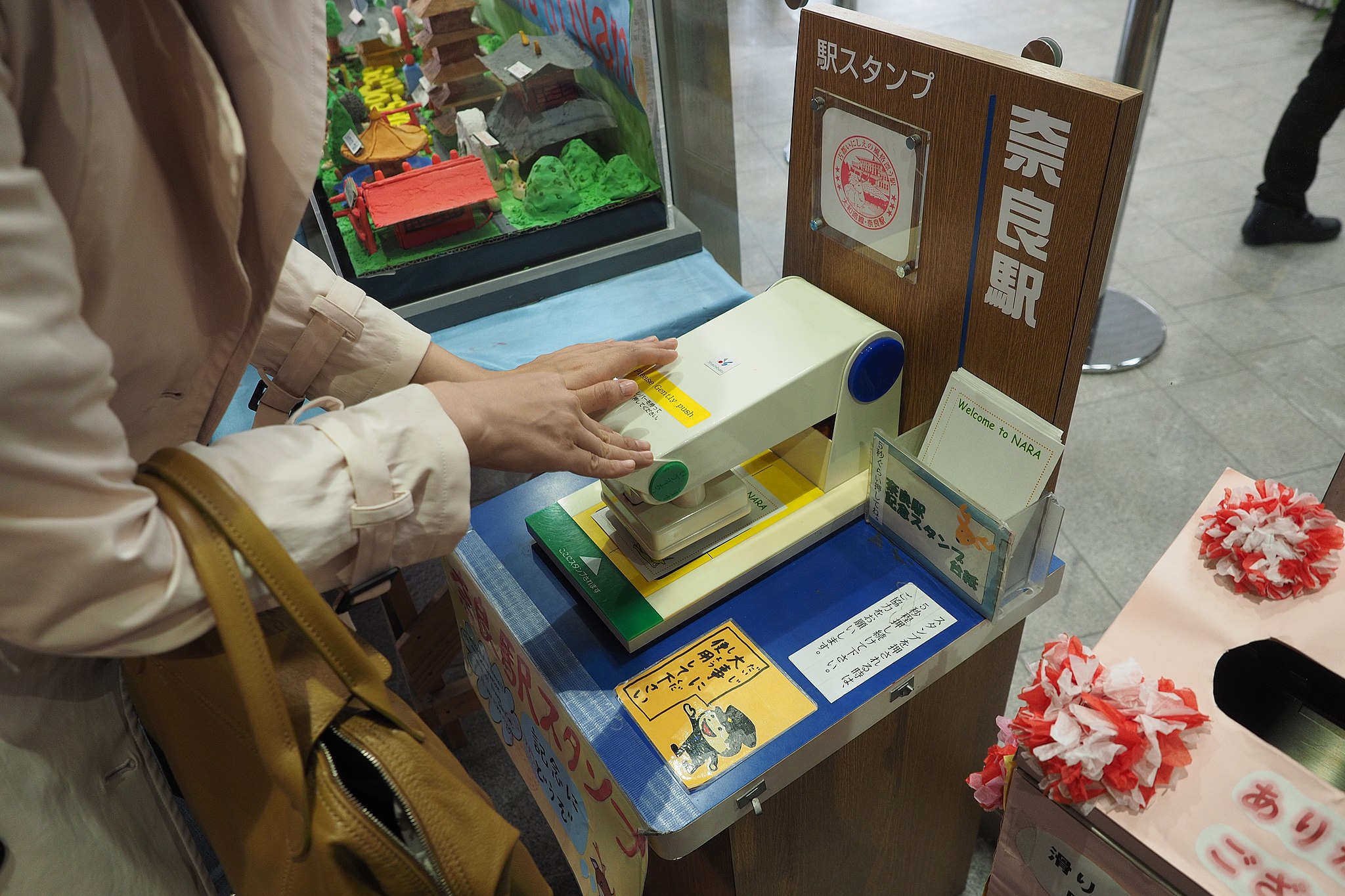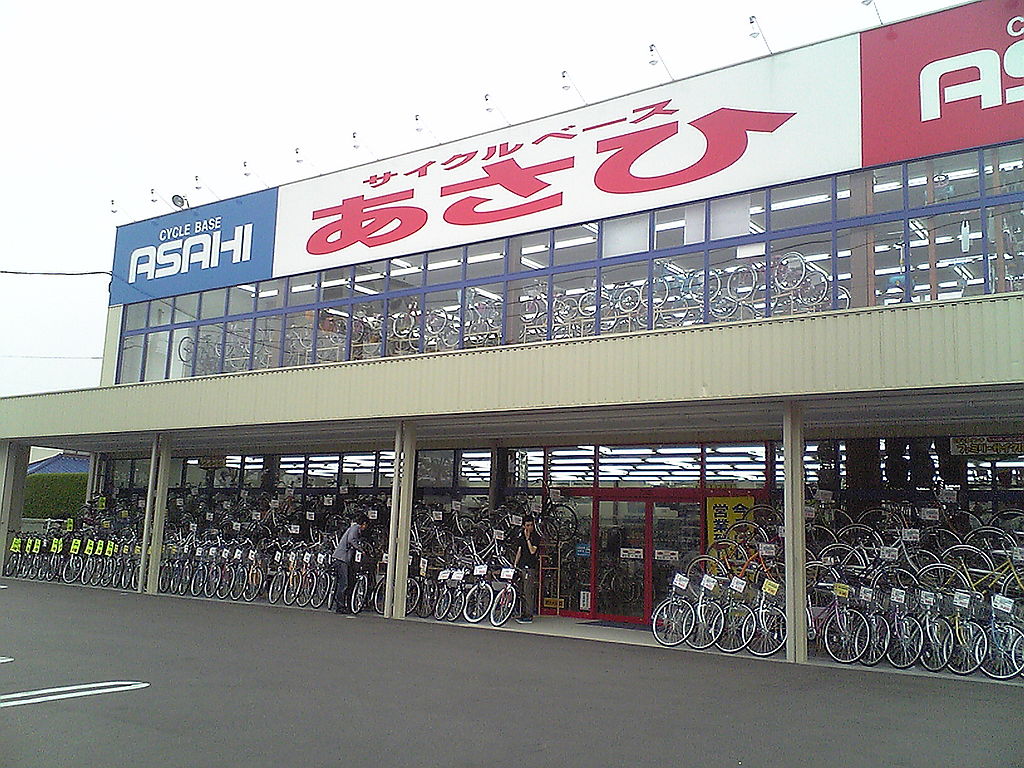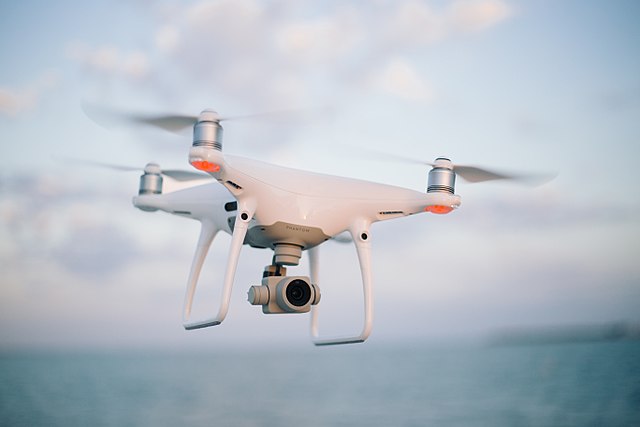Jan 22, 2019
Dance Classes in Kobe

Whether you fancy a bit of a tango, some contemporary street dance or just want to keep in shape with a bit of structured movement, you can find an assortment of dance classes in and around Kobe to suit all ability levels. Here is a guide to some of what is currently on offer and where to find it.
Ballroom dancing
Ballroom dancing has experienced a growth in popularity in the past few years and there are a number of places in Kobe running classes where you can try different styles no matter what your skill level. The American franchise Arthur Murray Dance Studios has locations in Kobe and Osaka, offering a range of dance styles including waltz, tango, cha-cha-cha and salsa at levels from introductory all the way to gold advanced. Studio Joy in Sannoyima offers more of a local experience with Japanese instructors teaching both beginners and experienced classes. Individual classes are 3,600 yen for 25 minutes, while group sessions are cheaper. The Hayosaki School of Dance in Motomachi holds “bright, fun and easy to understand” classes for both adults and kids. Prices range from 1,000 – 5,000 yen, plus there is a membership fee of 1,630 yen. Society Elegante in Sannoyima is another local-run studio offering everything from rumba to waltz with a free lesson offered to beginners. Finally, Swing, which is located close to Tarumi station, offers both ballroom and swing dance sessions at all levels from 5,150 yen per person with a free trial session offered.
Street dance
For those wanting something a bit more modern and “urban”, there are a few studios specializing in street dance that can be enjoyed by adults and kids alike. Lab 3 in Kobe’s Motomachi shopping district has been offering street dance lessons since 2002. There is a wide range of styles to choose from including hip-hop, freestyle, jazz, krump, reggae, breaking and capoeira. Private lessons and kids sessions are available with costs starting at 1,050 yen per class plus a one-off joining fee of 3,100 yen. GD Kingz, located 5 minutes from Sannoyima station, runs sessions every weekday evening plus Saturdays where you can learn styles including hip-hop, jazz and break. Way Studio has two locations in Kobe – Studio A and Studio B – where a team of specialists teach hip-hop, break, New Jack Swing and more. Yoga sessions are also on offer.
Ballet dancing
Ballet is a slightly more technical form of dancing with not the same breadth of appeal as the likes of ballroom and street dance, but there are a couple of opportunities in Kobe for budding ballet dancers or those who want to give it a go. The Sadamatsu and Hamada Ballet Company is a professional ballet organisation formed in 1965 that has performed worldwide. The company has 25 classrooms across Kansai. Its Kobe venue is close to Oji Park station. Classes are available for infants, high school students and adults. Morning and evening sessions are offered. Way Studio also offers ballet and classical dance tutoring alongside its street dance program. Classes are offered for children already accustomed to ballet who are interested in pursuing it further, plus there is a foundation ballet program for adults who want to give it a try.
Other dance opportunities in Kobe
If you’re up for something a bit more experimental – either watching, participating or perhaps both – Dance Box is a contemporary dance project that gives performances and workshops in both modern dance styles and theater from its art studio space 10 minutes by walk from Shin-Nagata station. If you don’t want to take things too seriously and are just looking to have some fun, meet new people and stay active, Biodanza Kobe is a dance meet up that uses dance, music and movement to improve health and increase enjoyment of life. Finally, fans of northern soul should look out for regular club nights at the Jam Jam Club where DJs spin classic tunes from the 60s and 70s.
Tokova [CC BY-SA 3.0], from Wikimedia Commons
Jan 21, 2019
Celebrating New Years in Kobe’s Chinatown 2019

Despite its proximity to China, there are only a few Chinatowns in the whole of Japan. One of the largest and most popular is the one in Kobe, called Nankin-machi. This Chinatown is located between three gates: Chang’an Gate to East, Xi’an Gate to West, and Nanluo Gate to South. As soon as you pass through any one of these gates, you’ll feel transported to another country.
There are always visitors during weekends and on holidays, but the best time of all to visit Nankin-machi is during Chinese New Year.
What Is Chinese New Year?
Chinese New Year celebrates the lunar new year. The date once also marked the new year for Japan, but the country changed to the Gregorian calendar in 1873. However, residents of Nankin-machi have celebrated the festival since 1987. Every year, Chinese New Year falls on a different date, somewhere between the end of January and early to mid February. In 2019, it will be February 5.
Celebrations for New Year in Kobe
The days leading up to New Year create a vibrant atmosphere in Nankin-machi. The pavilion acts as the main stage, where dragon dances, face-changing acrobatics, martial arts, music, and tai chi performances are on display. Acts begin around 11 a.m. and continue until 9 p.m. You can also see many performances on the days after the New Year. On the final day, a lion dance closes the festival.
On the day itself, there is a prayer for safety at 10:30 a.m. The festival then begins with an opening ceremony at 11 a.m. and celebrations continue for the rest of the day. The most important event on the day of New Year is a parade. Participants dress up as historical figures and ride along the streets on elaborate floats. You’ll see famous faces like Yang Guifei (one of the Four Beauties of ancient China) and warlord Liu Bei. The parade takes place twice — once in the morning and once in the late afternoon.
What Else to See in Nankin-machi
While you’re in Nankin-machi, you’ll want at least an hour or two to explore the area.
With more than 100 restaurants, you’ll have the chance to try many different flavors of Chinese cuisine. As residents of Nankin-machi originate from various regions of China, you can try dishes from Shangai, Beijing, Sichuan, and more. However, you may prefer to grab a snack, like dim sum or sweets, as you walk. There are also around the same number of shops as restaurants, where you’ll find Chinese merchandise, accessories, and clothing.
In addition to food and shops, there are some specific places you’ll want to visit. These include:
- The Chinese temple dedicated to Guan Yu
- The public square, where you’ll find a gazebo and two Kozai-shin Ningyo statues
- Chang’an Gate, the most impressive of the three gates
If you’re seeking the best place to spend Chinese New Year in Japan, Nankin-machi in Kobe should definitely be your top choice. If you’re unable to arrive on the actual date, bear in mind that there’s still plenty to enjoy a few days before and after New Year.
663highland [GFDL, CC-BY-SA-3.0 or CC BY 2.5], via Wikimedia Commons
Jan 20, 2019
Tokyo’s Romantic Valentine Spots
With Valentine’s Day just around the corner, you may be wanting to find that perfect place to cozy up to your loved one and not sure of quite what to do about it. But fear not, because there are actually quite a few romantic spots in this fair city of ours.
Disneyland/Disney Sea
What could be more romantic than being in ‘the happiest place on earth’? Every Valentine’s Day, Tokyo’s Disney Resort is the destination for love-struck couples from all over Japan as they bask in the glow of the Disney magic. Those who want to get their already-beating hearts racing even faster should head to the attractions of Disneyland, while those looking for a more sedate time (perhaps with a glass of wine) should check out Disney Sea. Get involved in the fun by wearing matching outfits with your beloved, as many others will do. Though be warned, this is not the location for private romance. You will be far from alone…
- Where: Tokyo Disney Resort,1-1 Maihama, Urayasu, Chiba (map)
- Website: www.tokyodisneyresort.jp
Tokyo Bay Night Cruise

For some, nothing gets the romantic juices flowing quite like undulating lights dancing on the water, and the sunset and city lights twinkling on the Tokyo Bay is certainly up there in the majesty stakes. If that floats your boat, there are a couple of night cruises that you can enjoy. The Tokyo Gate Bridge and Factory Night Cruise leaves from Tennozu Yamatsu Pier and will take you around the bay for two hours. However, if you want something really special, you can take the Symphony Tokyo Bay Cruise, on which you will depart from Hinode Pier, pass under the Tokyo Gate Bridge, and go around Tokyo Bay as you enjoy a luxurious dinner on the Symphony (it’s the name of the boat, so don’t expect an orchestral accompaniment).
The Tokyo Gate Bridge and Factory Night Cruise
- Where: Tennozu Yamatsu Pier, 1-39-21 Higashi-shinagawa, Shinagawa-ku, (map)
- Tel: 03-3454-0432
Symphony Tokyo Bay Cruise
- Where: Hinode Pier, 2-7-104 Kaigan, Minato-ku, (map)
- Website: www.symphony-cruise.co.jp
Meiji Jingu Gaien
If you want to keep away from the crowds but don’t have the budget for the Grand Hyatt, thrifty lovers could do worse than spending a day in Meiji Jingu Gaien. Pretty much in the center of the city, the park is certainly not one of the most popular, but that takes nothing away from its beauty. The entrance is lined with enchanting ginko trees, and it is a delightful place to wander, huddled together for warmth. It is also ideal for couples with children who can run around as you steal a few brief romantic moments together.
- Where: Shinjuku-ku Kasumigaokamachi, No. 1 (map)
- Website: www.meijijingugaien.jp
Eyes in the sky – observation decks and helicopter rides
There is something inherently romantic about a sprawling, glittering view and Tokyo has this in spades. With so many high rise buildings having observation decks, you are almost spoilt for choice when it comes to dramatic panoramas. Just check out our post here for a few ideas of where you might fancy.
But if you really want to get a good romantic view of the city, a large-windowed helicopter is the way to go. For 17,000 JPY per person, you can take your loved one up over Rainbow Bridge, Tsukiji Market, and The Imperial Palace; take in The Sumida River, Tokyo Skytree and The Arakawa River; and skirt past Tokyo Tower and Kasai Rinkai Koen, before returning, all loved up, to Tokyo Heliport.
- Where: Tokyo Heliport, Koto, Shinkiba 4-7-28 (map)
- Website: www.govoyagin.com
Mark Guthrie
Image by Hidetsugu Tonomura (Own work) [CC BY-SA 2.0], via flickr.com (modified)
Image by Andrew H (Own work) [CC BY-SA 2.0], via flickr.com (modified)
Jan 19, 2019
Where to Take Kids in Kobe

Looking for places to take the kids on a day out to stop them from getting bored? Kobe has plenty of family-friendly activities going on plus children’s play areas at many of its many tourist attractions. Here is a pick of some of the best places to go if you’re looking to entertain young ones, or even just have a bit of fun as an adult.
Kobe Harborland
Situated on Kobe port, this multi-purpose complex is something of an all-in-one entertainment and leisure space for all ages. There are shopping malls, restaurants, an enormous cinema, amusements including a ferris wheel, the Kobe Port Tower for some spectacular views, the Kawasaki Good Times World for those interested in motorbikes and more. A great option for those bad weather days and there’s enough to keep kids of all ages entertained for a good few hours.
Price: varies for different attractions
Website: http://www.harborland.co.jp/en/
Animal Kingdom
Located about 15 minutes by Port Liner from Sannoyima, Kobe Animal Kingdom is a paradise of birds, animals and flora that will thrill anyone with an interest in nature and wildlife. It’s quite an interactive space where kids can pet and feed the animals. There are all sorts on display including camels, penguins, kangaroos and capybaras, plus a pool where visitors can have their feet manicured by nibbling fish. If you get peckish, there’s a nice cafe about halfway through.
Prices: Adults 1,800 yen; children 1,000 yen; ages 5 and below 300 yen
Website: https://en.kobe-oukoku.com/
Mount Rokko
In the mountains above downtown Kobe, you can find everything from winter sports to music learning to give the kids a great day out in one of the city’s finest natural spectacles. Mount Rokko is open all year round and its pleasures include the Nunobiki Falls waterfall, a spectacular ropeway offering wonderful panoramic views, the aromatic herb gardens, the International Music Box Museum where kids can be taught how to make tiny musical instruments, a botanical garden, and a fun snow park in the winter months.
Price: Free entry but some activities are priced
Website: https://www.rokkosan.com/en/
Suma Aqualife
Want to give your kids a chance to feed the dolphins, otters and piranhas? Head to Suma Aqualife, which is located next to Suma beach. It was the first aquarium in Japan and is a must for marine enthusiasts and anyone wanting to wow their children with sights of fish from around the world. There’s also a small amusement park and a restaurant on site. If the weather’s nice, you can follow your visit up with a relaxing trip to the beach next door.
Prices: Adults 1,300 yen; children 500 yen; infants free
Website: http://www.sumasui.jp/
Meriken Park
This is a place in Kobe’s port area where children can play as well as learn about an important event in Japanese history. A section of the port in Meriken Park is a dedicated memorial to the earthquake in 1995 that struck Kobe. This area has been preserved so visitors can see the damage such as huge cracks in the pavement, broken fences and bent street lamps. Kids can learn about the effects of earthquakes through videos, films and photos at the museum in the park. Elsewhere in the park, there are play areas, the Kobe Port Tower and a maritime museum.
Prices: Free entry to the park
Anpanman Children’s Museum & Mall
The Anpanman “museum” is actually a themed indoor kids’ play area plus shops, arcade games and restaurants dedicated to the popular Japanese children’s animated superhero character, Anpanman. Better suited for younger children, there is a fee for the play area but everything else is free access. You may even get to see Anpanman himself wandering about!
Price: 1,800 yen per person for entry to the play area
Website: http://www.kobe-anpanman.jp/
663highland [GFDL, CC-BY-SA-3.0 or CC BY 2.5], from Wikimedia Commons
Jan 18, 2019
What Are Stamp Rallies and How Can You Participate?

A popular activity in Japan — for visitors and residents alike — is the collecting of ink prints made by rubber stamps. Each stamp is part of a different collection, called a stamp rally. At any given time, there are different stamp rallies taking place around the country. Some stamp rallies are available just in a local area, whereas others take place on a national level.
How to Participate
There are a few different ways to participate in a stamp rally. You can find one happening near you, travel around the country to collect many stamps in a particular rally, or just collect random stamps you find while exploring Japan.
If you want to participate in a specific rally, you’ll need to seek out the materials. This will include a card or book for the stamps as well as the instructions, which will tell you where to find stamps and how to win a prize.
Every rally has different requirements to gain a prize. For some, you need to collect all the stamps. For others, it’s just a certain number of stamps. In other cases, only the first participants to complete the rally win a prize or you may have the opportunity to enter a prize draw for a grand prize.
If you’re more interested in just gaining stamps as souvenirs, purchase a small notebook. Choose one with thick paper, as some stamps use heavy ink. A spiral-bound notebook is better than one with a glued spine as you’ll be able to keep it open long enough to ensure the stamp dries completely.
Top Stamp Rallies
Tokyo Parks
The nine Tokyo metropolitan parks hold an Autumn Leaf Stamp Rally. It’s a great way to see the fall colors, and if you are one of the first 10,000 people to visit five of the parks, you’ll win a prize.
Top 100 Castles
To take part in the Top 100 Castles Stamp Rally, you’ll need an official guidebook of the same name, which is available in bookstores. Even though there is no English version of the book, you’ll be able to participate even if you don’t read Japanese — it is relatively easy to figure out what castles are included and where the stamps go. The great thing about this rally is that it includes destinations from across the country.
JR East Pokemon
One way to catch them all is to take part in the JR East Pokemon Stamp Rally. This is one of the easier stamp rallies to complete as you collect stamps at the most touristic train stations. Plus, you only need to collect six of the 55 stamps to receive a prize.
Find out if a stamp rally is happening at places you plan to visit or in your local area. New ones are popping up all the time, especially in the summer and for promotional events. Be sure to purchase a notebook if you want to collect stamps from various rallies. Then, whenever you visit a train station, shrine, temple, museum, airport, monument or park, you can ask if they have any stamps and gain a new one (or maybe even two or three) for your collection.
othree [CC BY 2.0], via Wikimedia Commons
Jan 18, 2019
Cycling in Kobe

Japan is a bike-friendly country and many of its roads accommodate for cyclists with bike lanes. Cycling is a nice way of getting around, whether that be travelling from A to B or simply seeing the sights. If you want to cycle in Kobe, there are plenty of outlets where you can rent or buy a bicycle as well as some nice scenic cycling routes. Here is a quick and convenient guide for anyone who would like to pursue the two-wheeled option of navigating the city.
Cycling rules and safety tips in Japan
Before you get on a bike in Japan, it’s important to familiarize yourself with the country’s bicycle laws and do all you can to keep yourself safe. Here are some of the basics:
- Ride on the left side of the road
- Ride at a sensible pace and yield to pedestrians on sidewalks
- Use headlights and rear lights if cycling during the evening
- Children under the age of 13 should wear a helmet, and it’s advisable for adults to wear a helmet too
- Talking on the phone or listening to music while riding a bike is prohibited
- Riding side by side on the roads is not permitted unless there is a sign saying it’s allowed
Penalties for disobeying the cycling laws in Japan include:
- Maximum penalty of 50,000 yen and/or three months in prison for riding dangerously or with broken brakes
- Maximum penalty of 1 million yen and/or five years in prison for riding while drunk
- Maximum penalty of 20,000 yen for carrying an illegal passenger
- Maximum penalty of 50,000 yen for not using lights at night
- Maximum penalty of 50,000 yen for disobeying traffic lights
Keep your bike safe by locking it when it’s not in use. Many Japanese bikes come with small locks built into the wheels. Also, if you buy a bike, make sure you register it in your name at the police department of your prefecture.
Renting or buying a bike in Kobe
It’s not difficult to get hold of a bicycle in Kobe. Renting is a good option if you just want to use a bike on the odd occasion or don’t have the storage space for one at home. There are a few bike rental places in the city. Kobelin rents bikes through cycle ports (there are 10 in the city) for prices that start at 100 yen per hour. Just register on the website and you’ll be given a password to use at any of the ports. Bikes are fitted with electric pedal-assisted motors that make them ideal for long distances. Spark Scone and Bicycle offers bike rents along with tea and scones. It’s a cafe that’s an 8-minute walk from the Kobe municipal subway. You can rent bikes online and then pick them up/return them to the cafe (by 5:00 p.m. at the latest). Costs range from 1,400 yen a day for a 6-speed bike to 2,800 yen for a tandem. Globalwheels is based in Osaka but offers a delivery service and has a wide range of bikes available from 2,800 yen a day.
If you prefer to buy your own bike, there are several cycle shops in Kobe such as Cycle Base Asahi that sell a range of bicycles. Prices range greatly. A rough price guide is:
City bikes – from 12,000 yen to 80,000 yen
Electric bikes – from 75,000 yen to 400,000 yen
Sports bikes and mountain bikes – from 15,000 yen to 900,000 yen
Folding bikes – from 10,000 yen to 350,000 yen
Many bike shops also offer cycle maintenance and parts replacement should you need anything. Stores such as Yamada Bicycle offer permanent free maintenance for any bikes bought from their store.
Kobe routes
If you fancy getting out and really exploring Kobe and beyond by bicycle, there are some great routes that take you through or past some of the city’s many visual attractions. You can cycle to some of the nearby cities if you have a bit of time on your hands. Kobe to Osaka is 34 km while Kobe to Kyoto is 65 km and a bit more of a test as it’s hilly in parts.
You can find local routes, trails and courses of all kinds at these websites:
https://www.mapmyride.com/jp/kobe-shi-hyogo/
https://www.bikemap.net/en/l/1859171/
わたらせみずほ [CC BY-SA 3.0], via Wikimedia Commons
Jan 11, 2019
Drone Restrictions in Japan

According to the Ministry of Land, Infrastructure, Transport, and Tourism (MLIT), you do not need permission to fly a drone as long as you intend to operate your drone in non-prohibited airspace and follow all operational limitations.
Prohibited Airspace
If you intend to operate your drone in the following airspaces, you are required to obtain permission from the MLIT.
- Airspace around airports
- Airspace more than 150m above ground and sea level
- Airspace above densely populated areas
You are required to follow the operational conditions listed below unless approved by the MLIT.
- Operation only allowed during the daytime
- Operation only allowed within Visual Line of Sight (VLOS)
- Keep more than 30m distance from persons, properties, cars, etc.
- Do not operate over event sites where many people gather
- Do not transport hazardous materials such as explosives
- Do not drop any objects
While many high-end drone makers have the no-fly zones and restrictions in their flight computer’s software preloaded, it is still the responsibility of the pilot to be completely aware of the regulations and allowed airspace. There is a free map that shows you where you can fly courtesy drone maker DJI:
https://www.dji.com/flysafe/geo-map
Just enter the place you’d like to go to in the field on the top of the page. Red means a no-fly zone unless you have special permission. Please be advised that you may face the maximum ¥500,000 penalty if you fail to meet these restrictions, and check the official MLIT site for the most up to date information.
http://www.mlit.go.jp/en/koku/uas.html
Josh Sorenson [CC0], via Wikimedia Commons
Jan 09, 2019
HOPE International Development Agency Japan: Hope Gala 2019

HOPE-JP organizes annual Charity Galas in Nagoya, Kansai, and Tokyo annually. The Galas are opportunities for both private individuals and companies to join us for a wonderful meal, the company of friends, auctions, raffles, great music, a short feature film, and an important opportunity to transform lives. All the benefits raised from the galas go directly towards assisting families struggling in the developing world.
The 2019 HOPE Gala will be extraordinary indeed. Why? Because it is a Masquerade Ball! With the masquerade theme, we will be reminded how we are all equal. Whether we live in abundant Japan or in rural Cambodia, we have the same needs and desires for our families, that they may have the freedom and resources to be self-reliant. What defines you? Your nationality, your race, your clothes, your face.
Date: March 1st (Friday), 2019
Time: 18:00~21:30 (Reception 18:30)
Venue: Hilton Nagoya 5F Oogi Ballroom
https://hope.or.jp/event/nagoya-dinner/?lang=en
 HOPE International Development Agency’s vision is to extend compassion to the neglected poor.
HOPE International Development Agency’s vision is to extend compassion to the neglected poor.
HOPE-JP is part of the HOPE network, which raises compassion for families in the developing world across 9 different countries, including Canada. By partnering with people around the world, HOPE works towards eradicating extreme poverty through sustainable development and helping families achieve self-reliance.
Since its founding in 2001, HOPE-JP has been working with residents of Japan to assist the families in developing countries. In order to realize this, we also focus on furthering understanding within Japan about the effectiveness of sustainable development in addressing needs in the developing world.
Information can be obtained by contacting HOPE – JP
Website www.hope.or.jp
Facebook Page
